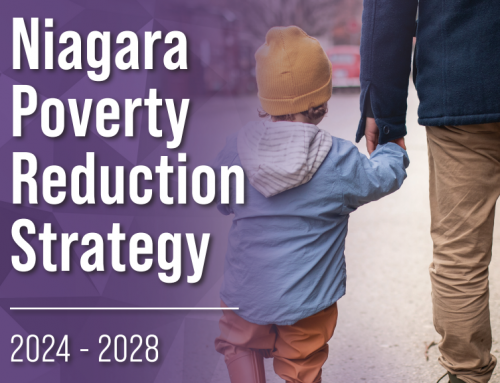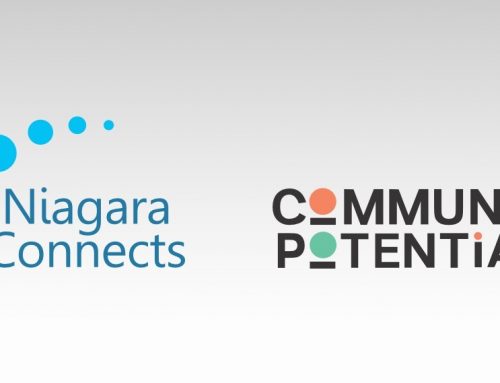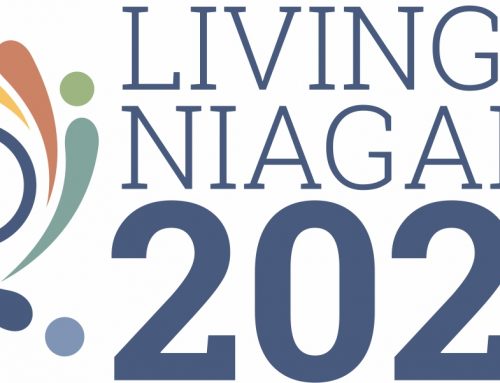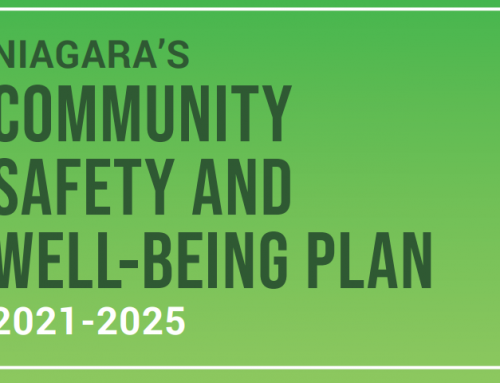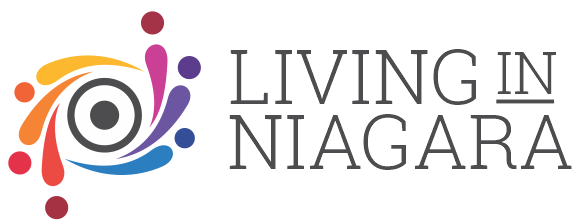Food insecurity exists when one or more members of a household does not have access to the variety or quantity of food that they need due to lack of money (2015, Statistics Canada). According to PROOF, an international, interdisciplinary team of researchers committed to the reduction of household food insecurity, “Food insecurity is a serious public health problem that affects 4 million Canadians”. Food Banks Canada broke this number down further, to a ratio of 1 in 12 Canadian households who “ate suboptimal diets or regularly skipped meals in both 2007 and 2012 (i.e. who were moderately or severely food insecure)”.
Food insecurity is a significant problem in Niagara, affecting 7.9 % of Niagara households (Niagara Region). With the rising cost of food, especially fresh produce, it is likely this will become an even bigger issue in our communities in the coming year.
What are we doing about it?
Partners in the Niagara Poverty Reduction Network (NPRN) include organizations that provide food to people who are living in poverty. Local food banks look to relieve the symptoms of food insecurity, and continue to see a high volume of clients seeking emergency food. In Niagara Falls, Project SHARE distributes emergency food to an average of 100 families per day, setting an agency record of helping 164 families in one business day in November 2014. Community Care St. Catharines and Thorold’s food security program assists an average of 1,850 families per month and is distributing 4,000 pounds of food a day. Both organizations offer additional support programs including community gardens to help people bridge the gap from poverty to sustainability and a brighter future.
The Impact
Garry Naylor, a 61-year-old client of Project SHARE attributes his food insecurity to unemployment and low government benefits. After losing his steady job he held for 13 years, he is barely surviving on his monthly income of $237 from Canada Pension Plan and $408 from Ontario Works and his seasonal income working 4 hours per night as a janitor. After his rent, Garry is left with $45 for the month. “If it wasn’t for (the food bank) I wouldn’t survive” Garry explained. “I can’t remember the last time I went to buy meat from the grocery store.”
Garry’s story is not a unique situation. Niagara’s unemployment rate is 7.9% (Niagara Region). With the low Canadian dollar, the cost of food, especially nutritious fruits and vegetables is expected to continue to rise in 2016 (2015, Government of Canada; 2016, The Canadian Press).
In the summer of 2015, Irene Motz, age 65, of St. Catharines and a client of Community Care started a community garden at her apartment building. She saw an opportunity for connecting food and community. “Food sustainability was an issue and I saw an exit out of poverty.” explains Motz. “A $40 investment brought people together and allowed us to grow food for our families.”
Motz lives on a small grocery budget of about $50 a month, so she sees the benefit of growing produce, especially things that could be frozen or canned.
Recently, Citizens for Public Justice posted a blog entitled Beyond the Cauliflower: Poverty and Canada’s Food System, about the impact of rising food costs, especially for Canadian families living in poverty.
Call to Action
As the cost of food continues to rise, it is expected that food insecurity will become an even larger issue in our community. We have a pressing opportunity to look for new ways to bring nutritious diets within reach, while advocating for a Niagara where everyone is food secure. To familiarize yourself with work being done to address food security and understand food systems in the Niagara context, you may want to explore the following links:
- RESOURCES:“Calculating the Cost of Living in Niagara 2016”, prepared by the NPRN outlines the basic cost of living expenses for a Niagara family of four, and includes an estimated 13% of total household expenses allocated for food. The related report, “Calculating the Living Wage for Niagara Region 2016” showcases the equivalent wage required for two earners to meet their household cost of living needs
- BLOG: “Describing How Food Systems Contribute to Niagara’s Vitality”, portrays the Food Systems landscape in Niagara
- RESOURCE: “Household Food Insecurity in Canada 2014“, an annual report prepared by PROOF examines data from Alberta, Saskatchewan, Ontario, Quebec, New Brunswick, Nova Scotia, Prince Edward Island, the Northwest Territories, and Nunavut. It uses this data to monitor trends and identify priorities for interventions to address this major public health issue.
Eden Ewert & Pam Sharp
Niagara Poverty Reduction Network
Contact: eewert@communitycarestca.ca


